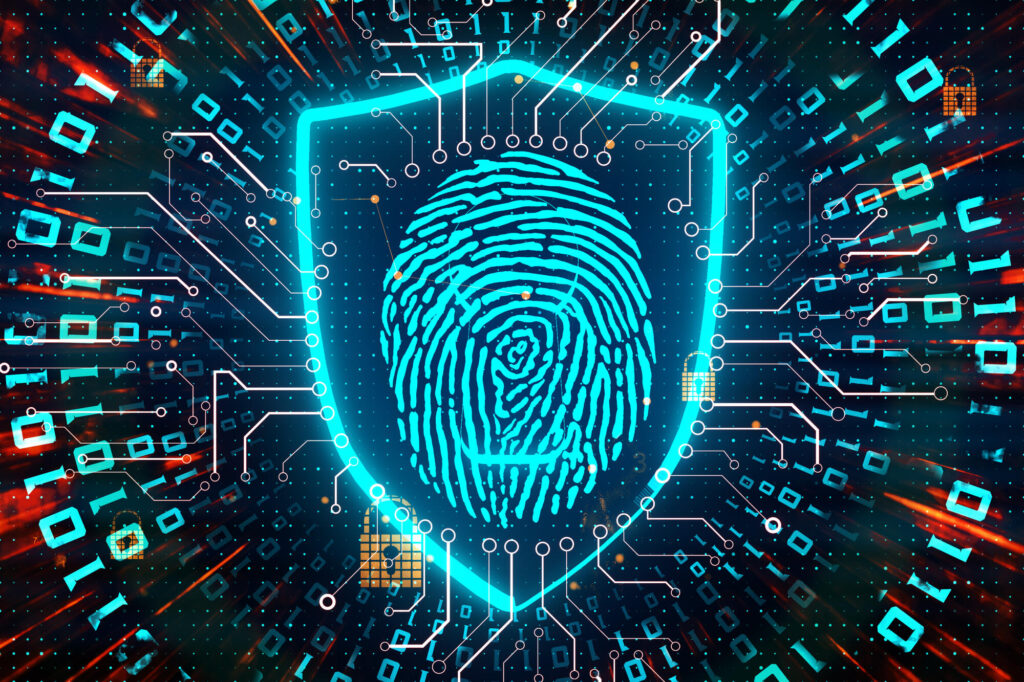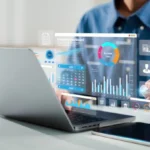Keeping track of when employees start and finish work is important for any business. Traditionally, companies have used things like punch cards or ID badges to do this. But now, many are switching to biometric time tracking-a system that uses things like fingerprints or facial recognition to clock people in and out.
In this article, we’ll explain how biometric time tracking works, its benefits and challenges, and how it’s changing the way people work. Read on.
What Is Biometric Time Tracking?
Biometric time tracking refers to the use of unique biological characteristics to identify employees and record their attendance or working hours. These identifiers can include:
- Fingerprints
- Facial features
- Iris patterns
- Palm veins
- Voice recognition
Unlike traditional methods such as punch cards, PIN codes, or swipe badges, biometrics rely on an individual’s inherent traits. This means employees cannot share, steal, or lose their identification-making biometric systems one of the most secure and accurate forms of timekeeping. Check out the online time clock with fingerprint to learn more.
How Does It Work?
A biometric time tracking system typically includes:
Hardware
Devices such as fingerprint scanners, facial recognition terminals, or iris readers are installed at entry points or workstations. These tools capture each employee’s unique physical feature when they check in or out.
Software
A management platform that stores employee biometric data, tracks attendance, and integrates with HR or payroll systems. It helps employers view and manage attendance records in real-time and automatically processes work hours.
Database
Secure storage for biometric templates (encrypted versions of biometric data), which are compared during each scan for authentication. The system checks the scanned data against the saved version to confirm the employee’s identity before logging the time.
When an employee scans their biometric trait, the system matches it to the stored template and logs the time. This data can be used to:
- generate accurate time reports
- calculate payroll
- monitor attendance trends
Benefits of Biometric Time Tracking
The adoption of biometric time tracking offers several advantages to both employers and employees:
Eliminates Time Theft and “Buddy Punching”
One of the biggest issues with traditional timekeeping is buddy punching, where one employee clocks in or out on behalf of another. This results in lost productivity and financial waste. Biometric systems eliminate this by ensuring that only the rightful employee can register their time.
Improves Accuracy and Accountability
Since biometric systems are highly precise, the chances of human error in attendance data are significantly reduced. Employees are also more likely to adhere to schedules when they know their attendance is being monitored accurately.
Streamlines Payroll Processing
Manual timekeeping can lead to discrepancies, disputes, and delays in payroll. By integrating biometric data directly into payroll systems, businesses can:
- automate salary calculations
- reduce administrative burdens
- ensure timely compensation
Enhances Security
Biometric systems help control access to specific areas within a facility. This improves overall workplace security by restricting unauthorized entry and monitoring employee movements in high-security zones.
Supports Remote and Flexible Work Models
With mobile biometrics and cloud-based solutions, employees working remotely or on the go can also clock in securely using smartphone facial recognition or fingerprint scans. This supports the modern trend toward flexible working environments.
Challenges and Concerns
Despite the many advantages, biometric time tracking also raises several concerns-particularly around privacy, legality, and implementation costs. Here’s a deeper dive:
Privacy and Data Security
Biometric data is highly sensitive. If compromised, it cannot be changed like a password. Employees may be apprehensive about how their biometric information is collected, stored, and used. Organizations must comply with privacy regulations such as:
- GDPR (General Data Protection Regulation)
- BIPA (Biometric Information Privacy Act in Illinois, USA)
- Other regional data protection laws
Proper encryption, secure storage, and transparent data usage policies are critical for maintaining trust and compliance.
Cost of Implementation
Biometric systems involve upfront costs for hardware, software, and integration. Small and mid-sized businesses may find these expenses challenging, especially when transitioning from legacy systems. However, the long-term savings in efficiency and reduced fraud often justify the investment.
System Failures and Limitations
Environmental factors (e.g., dirt, lighting) or physical conditions (e.g., cuts on fingers, facial obstructions) can sometimes lead to failed scans. Ensuring the system has fallback mechanisms or multi-modal options (like combining fingerprint and facial recognition) can mitigate these issues.
The Future of Biometric Time Tracking
Biometric time tracking is getting smarter and more advanced every year. Here’s what we can expect in the near future:
- Better Technology
- Touch-Free Options
- Cloud-Based Systems
- Works with Hybrid Jobs
- New Types of Biometrics
Biometric tracking is clearly here to stay-and it’s only getting more powerful. As long as companies use it responsibly and protect employee privacy, it can be a great tool for managing modern workplaces.
Best Practices for Implementation
To successfully implement a biometric time tracking system, businesses should follow these best practices:
Conduct a Needs Assessment
Understand your organization’s specific requirements and goals. This helps ensure you choose a system that fits your:
- team size
- budget
- work environment
Choose the Right Technology
Depending on the environment (e.g., office, construction site), some biometric methods may be more suitable than others. For example, facial recognition might work better in dirty or outdoor settings where fingerprints are harder to scan.
Ensure Employee Buy-In
Communicate clearly, provide training, and address concerns to ease the transition. When employees understand the benefits and feel heard, they’re more likely to accept and support the system.
Prioritize Data Security
Use encrypted templates, secure databases, and limit access to sensitive information. Protecting biometric data is essential not only for legal reasons but also to build trust with your team.
Stay Legally Compliant
Regularly review local laws and update privacy policies accordingly. Some regions require written consent or limit how long you can store biometric data, so staying informed is key.
Monitor and Optimize
Continuously evaluate the system’s performance and user feedback to make improvements. Regular updates and tweaks can keep the system running smoothly and ensure it keeps meeting your company’s needs.
Start Using Biometric Time Tracking Today
Biometric time tracking is quickly becoming a smarter, more reliable way to manage employee attendance. It helps stop time theft, improves accuracy, and saves businesses time and money. While there are some concerns-like privacy and cost-these can be handled with the right planning and clear communication.
As workplaces become more digital and flexible, using biometrics can help businesses stay organized and fair. When used correctly, it can be a helpful tool for both employers and employees.
If you want to read more articles, visit our blog.






